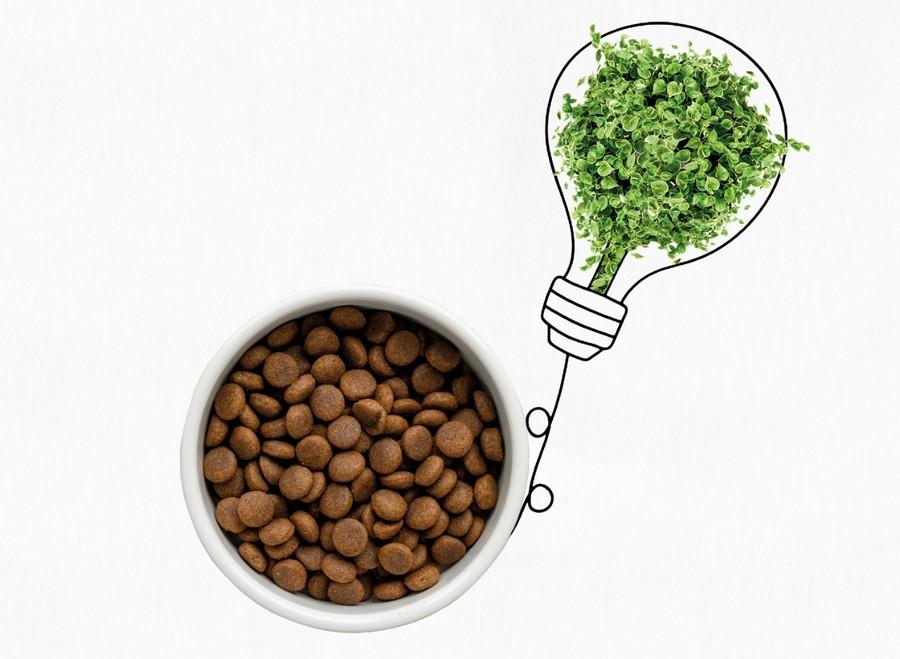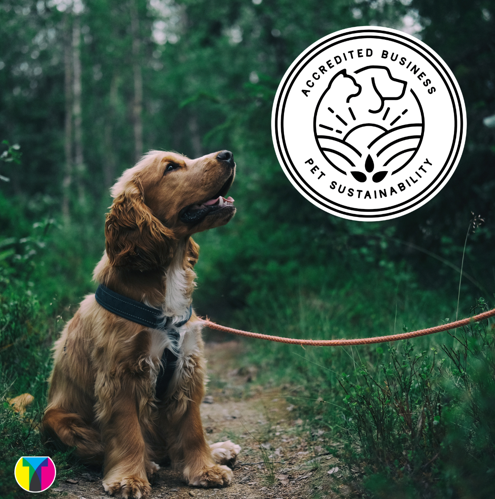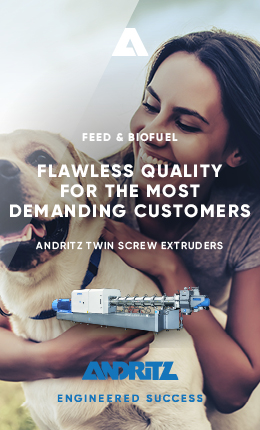What are we talking about when we refer to sustainability in the pet food industry?
Sustainability in the pet food industry can be defined as those practices and beliefs that could continue to be practiced, if desired, indefinitely. We speak, then, of sustainability, when there is the conscientious management of the resources and waste necessary and / or produced to satisfy the physiological requirements of pets, so that the ability of future generations to meet their environmental and social needs is not compromised. or economic.
Today there are several aspects of the industry that can be considered sustainable, such as the use of by-products from the human food industry and the decrease in the use of energy and natural resources during production.
In fact, pet food production is more sustainable than many other human food industries in terms of ways of using farmland, energy and water.
What is the current situation regarding sustainability and pet food?
The analysis carried out in this report on the life cycle of pet food has identified that the category with the most significant impact on the environment is the production of wet food, compared to that of dry food. Likewise, it was determined that the production of food for dogs has a greater impact than that of cats.
The truth is that the excessive use of resources has become a concern as the world's population increases, and this runs for both humans and animals. The environmental footprint of pet ownership and the provision of necessary supplies are consequently growing.
But what is driving this increase in pets?
The common reasons that lead people to buy or adopt pets are:
- Have company at home and during times of physical activity, running outdoors, for example.
- Search for psychological benefits, including an increase in self-esteem.
- Lower risk of depression and greater social commitment in children.
Consequently, growing urbanized pet populations are related to negative environmental impacts, such as loss of wildlife biodiversity due to predation and disturbance and increased consumption of goods and services as a result of the process of increased humanization and concern. for the welfare of pets.
Carbon footprint of the pet food life cycle
The environmental impact of a food system can be quantified by analyzing all the material inputs (energy and natural resources) and products (waste and emissions) together with their associated costs, a process known as LCA (Life Cycle Assessment).
The LCA of dog and cat food is very complex, considering the variety of raw materials, manufacturing technologies and packaging options that exist today. The environmental impact of food and agricultural systems can differ considerably, as can geographic location and manufacturing technology (extrusion, canning, baking, or freeze-drying, for example).
However, despite these many complexities, in 2018 the European Commission adopted the PEFCR as a standardized model to calculate the environmental impact for the complete life cycle of pet food for dogs and cats.
Sustainability in the pet food industry, in data
Dog food, more polluting. Dog food, both in wet and dry format, has a greater environmental impact than the one of cats, in part, probably due to the greater volume of food consumption.
Wet pet food over dry pet food
The estimated impact of wet food exceeds that of dry food. This is due to its use of natural resources for the production of the containers necessary for its conservation. In general, the most relevant impact categories for pets are climate change, eutrophication (excessive nutrient enrichment of an aquatic ecosystem), land use and the depletion of natural resources (water, minerals and fossils).
Manufacturing
The greatest potential for improvement in sustainability is within the scope of production, precisely in the manufacturing sectors and the use of farmland, energy and water.
Dog food and cat food together = less pollution than other industries
While it is true that there is much to improve in our industry, the truth is that the production of food for dogs and cats has a much lower environmental impact, compared to industries of food products for humans.
The impact on farmland is not directly affected by processing, but is affected by energy and water use which, for example, could be reduced by operational planning, the installation of more energy efficient machinery or the reduction of the amount of water used during extrusion.
Packaging
The bags and containers for pet food are commonly manufactured from layers of polyethylene plastic and its derivatives, paper or cardboard, and / or metals such as aluminum, tin or steel. The problem, furthermore, is that most pet food packages are single-use and not recyclable.
The report states that this sector is one of the most problematic when it comes to sustainability: packaging manufacturers face many challenges in order to increase the sustainability of their products without losing effectiveness in conversation and prevention of contamination.
Conclusion
Yes, there are opportunities to improve sustainability in all phases of the pet food life cycle, including formulation, ingredient selection, manufacturing processes, packaging materials, transportation methods, reducing food waste and even in the disposal of waste.
However, the industry's current ability to adopt more sustainable practices is limited, largely due to negative perception by pet owners about, for example, novel ingredients or by-products.
Faced with this, in addition to implementing measures to transition to sustainability, we can work on educating consumers about the importance of this process and about the impact that occurs throughout the life cycle of feeding their pets.
Without question, advancing sustainable animal care practices will require a collaborative effort among pet food industry stakeholders, veterinarians and owners to achieve the common goal: to be more sustainable.
How do you see the current situation? Do you think it will improve?
Source: All Pet Food
You could be interested: We enable the green transition
About author
Luciana ChippanoI am Luciana Chippano, I accompany digital business owners in Latin America to grow by boosting their sales with the most powerful tool: communication. I am CEO and founder of the first academy of Copywriting and strategic digital communication in Latin America. And from there I accompany business owners with personalized mentoring, workshops, courses and advanced training to optimize their communication and sell more.































































